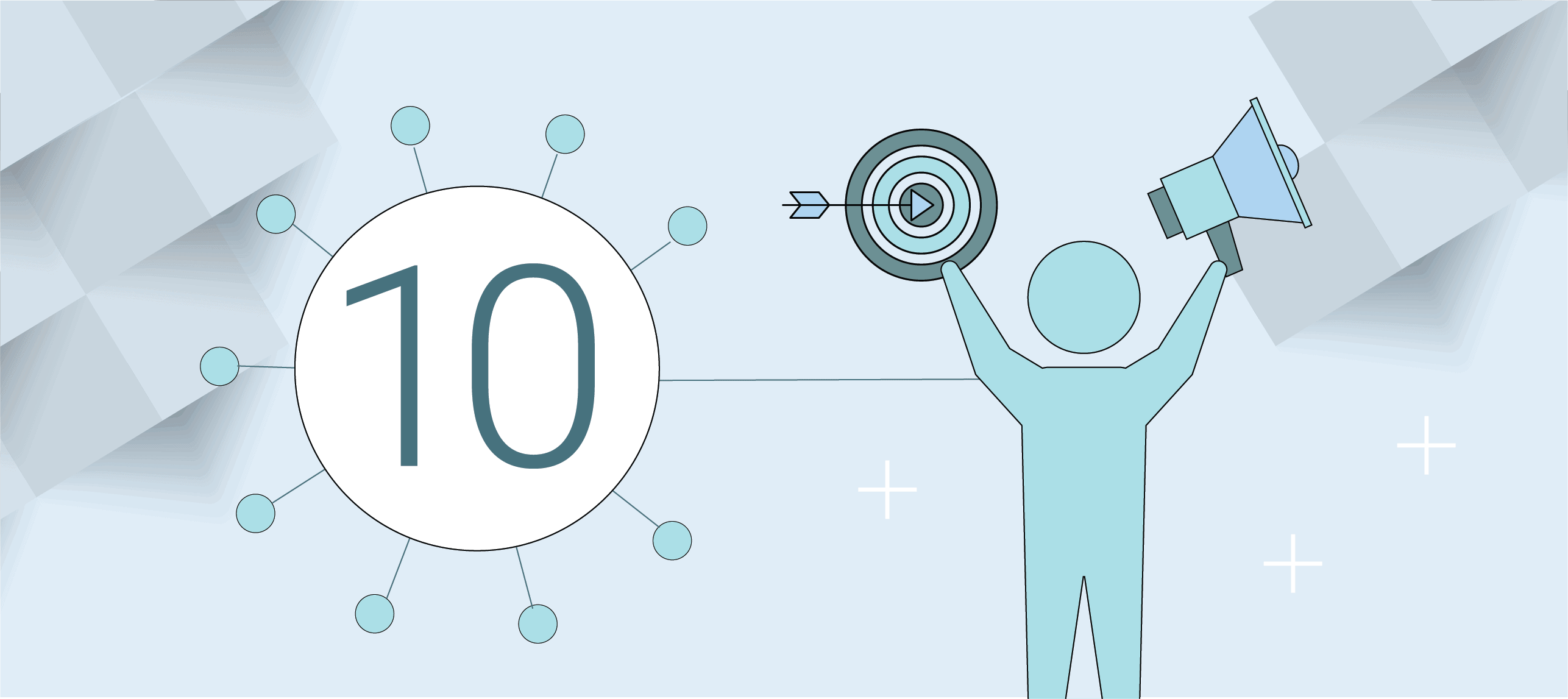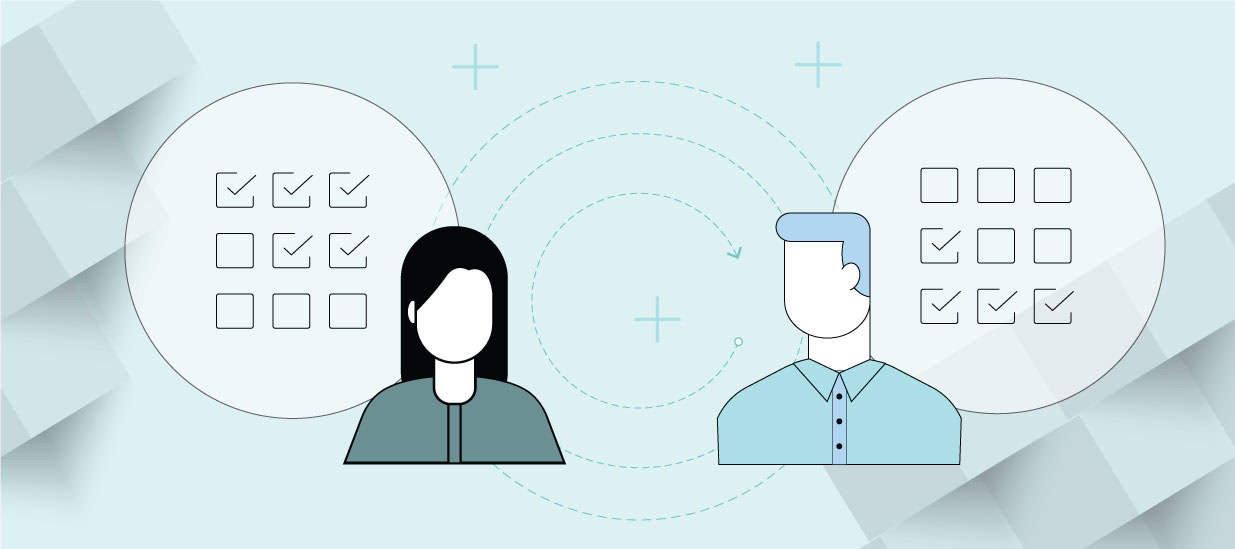I’m often asked: “What’s the best way for product teams to engage with sales?” It’s a good question, and one that requires strategic thinking. Otherwise, the relationship could end up being a reactive one that keeps product teams buried in tactical sales activities such as providing demos, answering technical questions or approving discounts.
Despite the occasional conflict, both teams have the same end goal: to drive or grow revenue. And because both teams are interdependent, their alignment offers big payoffs. To understand where you can gain the most leverage, and have the most impact on sales, you must first understand your sales process.
Know Your Sales Process
Does your organization have a well-defined sales process or:
- Are sales people selling products you don’t have or solutions to different problems?
- Does it take a long time to close a customer, or is it difficult to identify the status of a deal?
- Do you do a lot of last-minute discounting?
An ill-defined sales process undermines the important strategic work of the product team and hinders an organization’s success. Having a more complex enterprise sale makes it worse. If the sales process doesn’t run like a well-tuned engine, an organization will spend a lot of time and energy fighting fires and waste valuable sales and product team resources on non-critical steps.
Maybe you’re thinking “We DO have a sales process. Besides, why would I get involved?”
At the very least, you need to know which activities are part of the sales process. Pay attention to where resources are needed to streamline the process, who the stakeholders are and what tools are needed to close the gaps.
Step 1. Assess Your Current Sales Process
Has anyone in your organization mapped out the sales process? If not, ask what the key stages are. Start with prospects. Maybe sales reps are targeting named accounts or cold calling to find new opportunities. Or, perhaps the marketing team is generating leads, and the inside sales team is doing some initial qualification.
Observe what your best sales reps do:
- Do they qualify opportunities or do they start with the sales pitch?
- Do they use a consultative sell?
- What questions do they ask?
- When are you asked to do the demo?
- Are different types of opportunities handled in different ways?
Ask your sales staff what they define as key steps in the sales process. Identify the stages that are used for forecasting and review historical transactions for clues that highlight additional key stages.
Step 2. Map Out Your Current Process
You now have a rough set of stages and can begin adding detail. Pay attention to the key activities in each stage and the people responsible for completing them. If sales reps are qualifying an account, note their key qualifying questions. When there is an initial business presentation or product demo, identify which activities are required and the expected results for the next step. Identify the key meetings that must occur. Also, find out if internal approvals are required before prospects receive a quote, and discuss what happens at the first objection.
These key activities also have owners; add names or roles to track their responsibilities. Notice how marketing hands off leads to sales, and which stakeholders sales engages with to move to the next stage.
Finally, map existing collateral resources to key activities and add the average duration of each stage. Note where collateral is actually used, and how long it takes for a prospect to evaluate the product.
Now that a picture is emerging of the current sales process, you may identify gaps and parts of the process where stalls occur. Find out if you’re spending a lot of energy on opportunities that you lose during final negotiations. Identify when your reps disqualify a lead, prospect or opportunity. Discover where in the process opportunities are delayed and why.
Step 3. Map Out Your Ideal Sales Process
Assess which stages the sales process should include to ensure that resources are used most effectively and efficiently. If deals are delayed because of a lengthy contract approval process, it may make sense to initiate contract reviews earlier in the cycle. Or, if you end up doing demos at the last minute, causing delays to other work, you may want to include an advance planning period or minimum advance notice for booking demo time. Take note of any other issues that were uncovered in your win/loss calls.
No two ideal processes will look alike. There will be differences depending on your product and market. For example, the significance of the purchase and number of stakeholders will impact the complexity of the process. A B2B sales process will be different than a B2C process. And processes will differ for a new customer acquisition versus a retention opportunity.
As you review the ideal process, you can create additional stages and fill in the activities and owners. For example, what happens when you plan to respond to an RFP, or if a prospect must create a pilot project before proceeding to the proposal stage?
Be sure to think about the critical activities or gates to each stage so you have a concrete milestone for each.
Step 4. Work With and Refine the Model
Think through where you need key resources such as collateral, slide decks, demos, contracts and training. If you have a slide deck and standard demo for the initial presentation, ask yourself if you need to create a customized demo and business case presentation once you’ve identified key decision-makers and qualified the opportunity.
Author
-

Lee Garrison, a product leader with 27 years of experience, has played pivotal roles at Sitraka, Quest Software, Tucows, Inc., and more. With a rich background in diverse organizations, Lee brings extensive expertise to the field. For questions or inquiries, please contact [email protected].
View all posts








